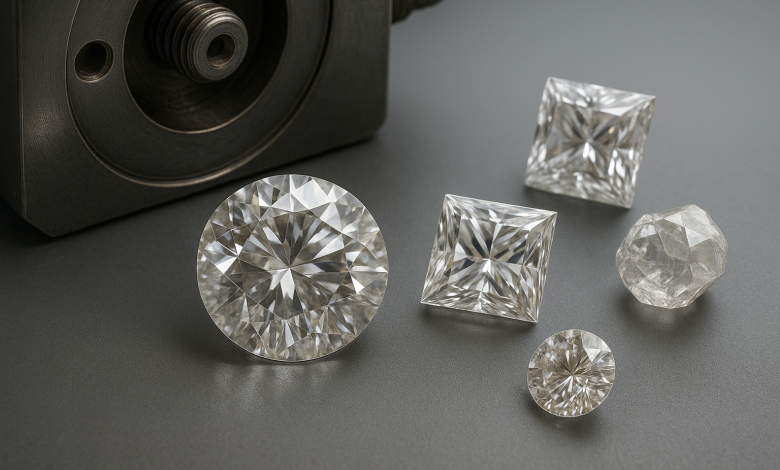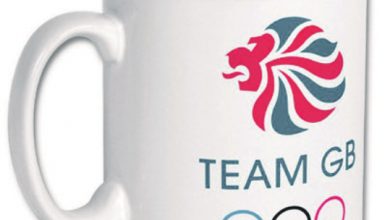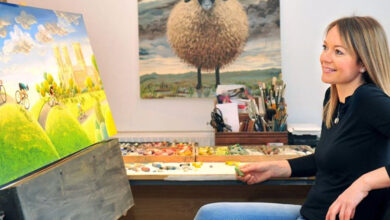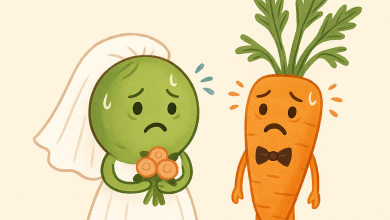Lab-grown diamonds: all you need to know

These days we’re used to hearing the phrase ‘lab-grown diamonds – seen around the globe as being more ethical due to humans rights issues, the environmental impact of mining, poor working conditions and even forced labour. But if truth be told how much do we really know about them? Never fear: the experts at Diamond Factory are here to help.
What are lab diamonds?
“Otherwise known as man-made or cultured diamonds, they’re grown in a lab (hence the name) using cutting-edge technology that mimics the conditions under which natural ones develop. As they’re formed from the same material and exposed to the same conditions, they’re optically and chemically identical to the natural variety.”
Why buy them?
“For a start it’s their value: up to 30% cheaper than natural, which is perfect if you’re on a tight budget or wish to maximise your diamond size for the same price. They also exude the same beauty and quality as natural finds.”
How are they made?
“Each diamond starts its life as a tiny carbon seed, and is then exposed to extreme heat and pressure or entered into a deposition process, to mimic the process of natural formation. It then grows within a lab in six to 10 weeks, and is cut and polished in exactly the same way.”
Are they real?
“Yes! Lab-created diamonds are real; just with a different origin. As we said above, they’re visually and chemically identical, so they can’t be differentiated by eye, and specialist equipment is required to tell them apart.”
So what’s the difference?
“The only real difference is their origin: in the lab as opposed to natural diamonds formed within the Earth’s mantle. Just remember: lab-grown are up to 30% cheaper and none of your friends or family will know any different.”
What else should we know?
“Cut: this refers to its symmetry, and more specifically to the overall polish and proportion. As lab-grown diamonds can be made more uniformed in shape in a lab, diamond cutters can often cut better stones, meaning less imperfections and a better overall cut in comparison to natural.”
“Clarity: natural diamonds can have imperfections, with clearest, colourless diamonds the most valuable, so are the most sought-after. Lab diamonds are almost always colourless or nearly so, putting them on par with more valuable natural diamonds on the market.”





